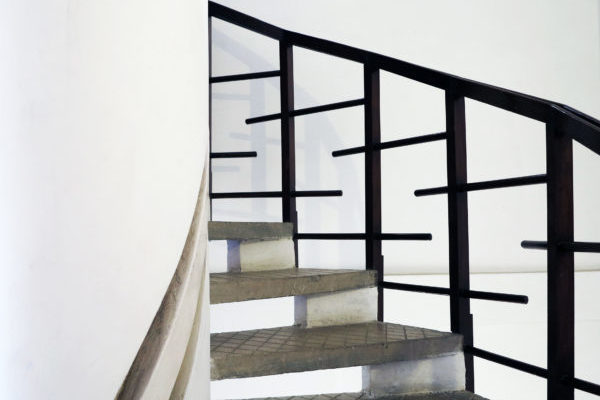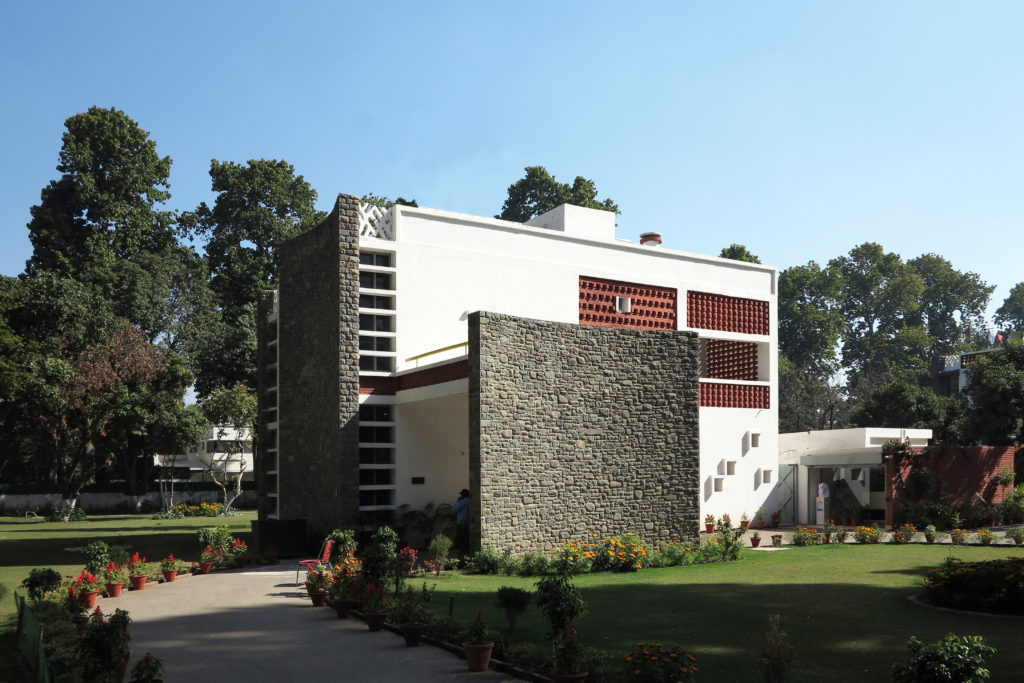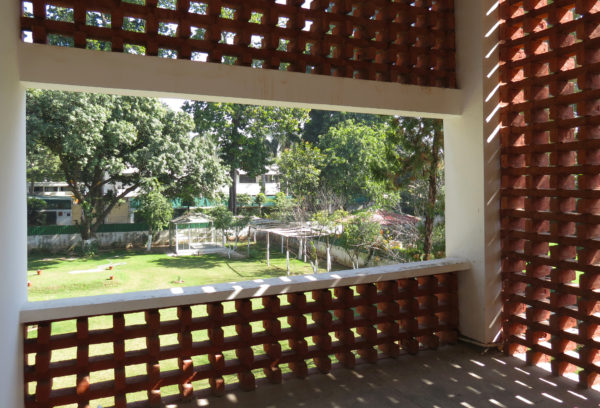
Design
Inside Maison Jeanneret
Chandigarh, India’s modern planned city, is most commonly associated with the pioneering modernist master Le Corbusier, who conceived the radical urban plan and most of its important civic buildings. But credit is also due to the architect’s younger cousin and long-time collaborator, Pierre Jeanneret, who turned Le Corbusier’s sweeping vision into a reality. The cousins had worked extensively together, sharing a common, forward-thinking design sensibility. Appointed to senior architect, the Swiss-born Jeanneret oversaw the ambitious project on the ground and proved himself particularly skilled at connecting with the professionals and local community alike. “Effectively, he is respected like a father, liked as a brother by the fifty or so young men who have applied to work in the Architect’s Office,” wrote Corbusier in praise of his cousin.

Maison Pierre Jeanneret. All photography by Paul Clemence.
Even today, Jeanneret’s legacy looms large in Chandigarh (he even requested his ashes be spread at its Lake Sukhna Lake): the city restored his residence—where he lived for nearly ten years—and recently turned it into a museum celebrating his many contributions to the city’s development, both during the construction of the Capitol Complex, and later, as its official Chief Architect.

Maison Pierre Jeanneret
The house not only provided a place for Jeanneret to reside but also served as an experiment of sorts, allowing him to test ideas that he would later develop for large-scale residential projects. Part of a cluster of housing for government employees, the home features staples of modern design, such as a compact, functional floor plan and plenty of open and semi-open spaces, creating a dynamic play of light and shadow throughout the building. And even with a tight budget, simple yet elegant details—including the perforated brick screens, the Yves Klein blue walls, and the geometric built-in niche frames and wall shelves—lend the house a look of sophistication. Inside, visitors can get a rare glimpse into Jeanneret’s time in India and his creative process through the many trinkets, photographs, and letters, as well as his own seldom-seen wood furniture on display. For those urbanists, a detailed presentation sheds light on the lesser-known architect’s extensive contribution to the creation of the watershed urban plan of Chandigarh.













